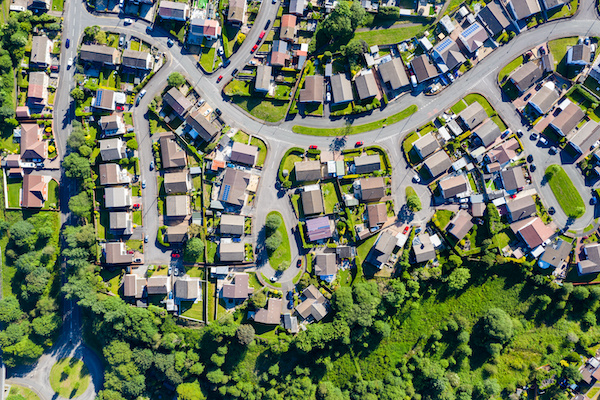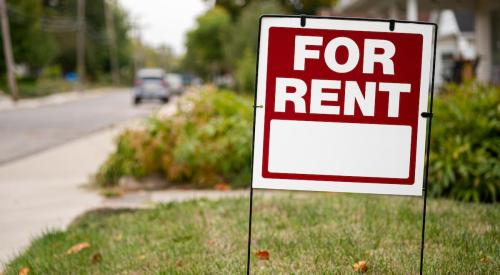Though the housing industry is currently experiencing an inventory shortage, economist Bill Conerly says the market is actually close to balanced. Builders have ramped up construction to meet demand after years of underbuilding, but they have not overbuilt, keeping the market tight. The historical average of how much housing built relative to population growth is 56 units per 100 new residents, and right now, we’re far exceeding that number with close to 80 units built per 100 new residents. Though housing inventory will remain low, Conerly says that a strong job economy and low interest rates will keep Americans buying.
Housing construction increased the last two years, but after several years of underbuilding we are not overbuilt but closer to supply-demand balance. This article looks at the United States as a whole. Regions have very different patterns. However, the approach of this article provides a template for looking at a local housing market.
Although many people are most interested in single family homes, competition from apartments must be understood to get a full picture of the forces impacting housing prices.
How much housing we are building relative to population growth is the most important factor to examine. It makes little sense to compare new construction last year to new construction in the 1960s, if anything has changed. And yes, a lot has changed. Some people compare new construction to the total population, which is a step in the right direction. However, housing lasts a long time. I have been a guest in houses built around 1800, so a house can last. The best first approximation is to look at housing relative to the change in population. We live about 2.5 people per household, so we might need about 40 new housing units per 100 new residents if housing lasted forever. The actual historical average is 56 new housing units per 100 new residents.













